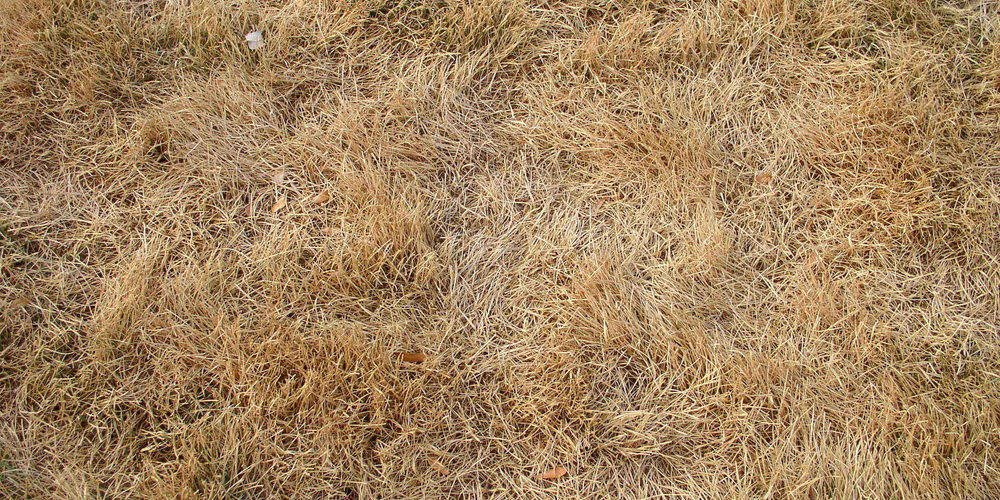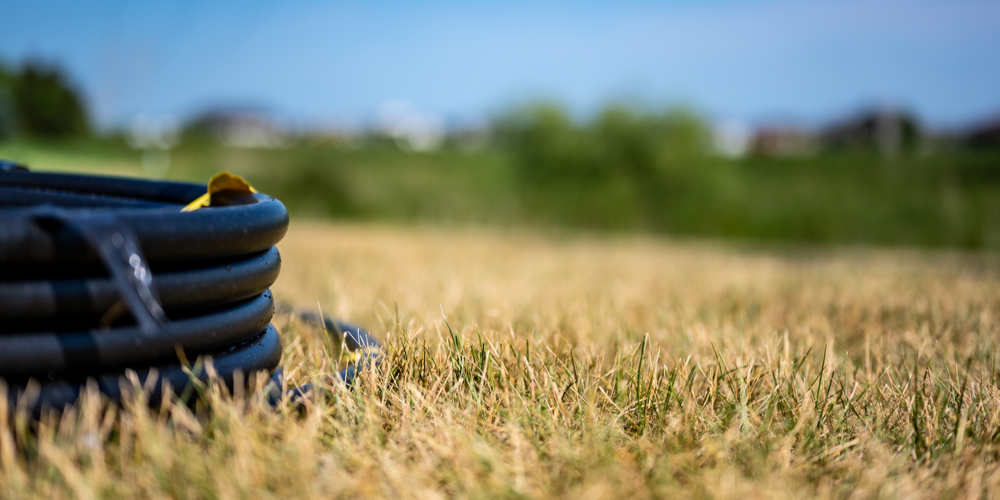Zoysia is a hardy grass that does well in various soil and temperature conditions. Not only that, but it is also resistant to most pests and diseases and doesn’t require fertilizer or chemical spray for it to stay healthy. Its low growth speed makes it fall under the category of “low-maintenance turfs.
This grass prefers warm temperatures: it will go dormant to withstand unfavorable conditions during colder times. While this might throw you off if you don’t know anything about the process, you shouldn’t worry: your grass will return to its brilliant green color every spring. But when does Zoysia go dormant, and what should you know about this process? Keep reading to learn everything you should know.
When Does Zoysia Go Dormant?: Dormancy
Like deciduous trees, Zoysia grass goes dormant after the first frost and will return active when the ground reaches temperatures above 50°F. A brown lawn during the winter shouldn’t scare you.
This characteristic is typical of most warm-season varieties. In general, you can expect Zoysia grass to go dormant as soon as temperatures go below 55°F. Remember that “being dormant” doesn’t mean being dead.
You will still have to water your turf to keep it healthy. Only, you’ll have to do it less regularly than in the warmer months. One-quarter inch of water every two weeks during dormancy will be more than enough.
You’ll also have to keep an eye out for pests and diseases. Despite being resistant to most diseases, Zoysia grass is an easier target for weed invaders and bugs during dormancy. To prevent severe damages to your lawn, you can consider applying a broadleaf or preemergent herbicide before dormancy.
How To Tell Your Grass is Dormant
Determining if your grass is dormant is an essential part of taking proper care of your lawn. Indeed, its dormancy might look like death to a beginner’s eye. To ensure nothing is wrong with your turf, part the grass and look at the roots. If no green runners are emerging, your lawn is not growing, which is a good sign if it’s entering the dormancy period. However, if by pressing down on the crown at the base of the blades, you notice they crumble easily, your turf is dead.
Some Final Considerations
While you should still take care of your lawn when dormant, you shouldn’t mow it nor aerate it. The old-growth and thatch layer provides the grass with the extra protection it needs to survive colder temperatures. Without them, your grass will have a hard time getting out of the dormancy period healthy.
You can start mowing the old growth in the early months of spring before giving your grass time to go back to its natural brilliant green color. To help dormant grass recover, you can spread some compost or mulch around it. Doing so will maintain moisture for longer and ensure your grass receives some of the nutrients it needs to survive.
When Does Zoysia Go Dormant?: Conclusion
While dormant Zoysia will come back and green up in spring, dead turf will not resume turf: you will have to re-seed your grass in such a situation. Don’t forget to recognize if your grass is dormant or dead!
Related article: What temperature is too cold for watering grass?

